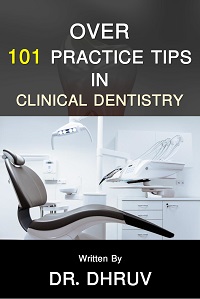Description
ABOUT THE BOOK
Exercise testing has remained a reliable tool for diagnosing and predicting cardiovascular and pulmonary conditions for over fifty years. It has evolved alongside technological advancements, incorporating adjunctive imaging and gas exchange measurements during exercise. These advancements offer enhanced diagnostic accuracy and provide crucial insights into cardiac function and patient prognosis. However, the underutilization of cardiopulmonary exercise testing (CPX) by clinicians stems from various factors such as the need for specialized equipment and trained personnel, limited understanding among specialists, and the undervaluation of CPX’s significance in clinical practice.
Modern CPX systems allow for comprehensive analysis of gas exchange before, during, and after exercise, offering precise measurements of oxygen uptake, carbon dioxide output, and ventilation on a breath-by-breath basis. These systems generate easily retrievable data, integrating seamlessly with standard exercise measurements like heart rate, blood pressure, and symptoms. CPX, often coupled with imaging techniques, furnishes clinicians with an extensive array of information beyond traditional exercise electrocardiography, aiding in managing intricate cardiovascular and pulmonary conditions.
This primer aims to provide an overview of CPX, emphasizing its significance in clinical assessments. It aims to simplify the complexities of interpreting cardiopulmonary exercise test data for beginners, focusing on recognizing patterns over decision algorithms and identifying the primary system limiting exercise capacity. While not comprehensive, it provides accessible information to understand normal and altered physiological responses during exercise in different diseases. The goal is to equip readers with the basics of conducting a CPET and interpreting its data to pinpoint the organ system causing exercise limitations in patients.








Reviews
There are no reviews yet.